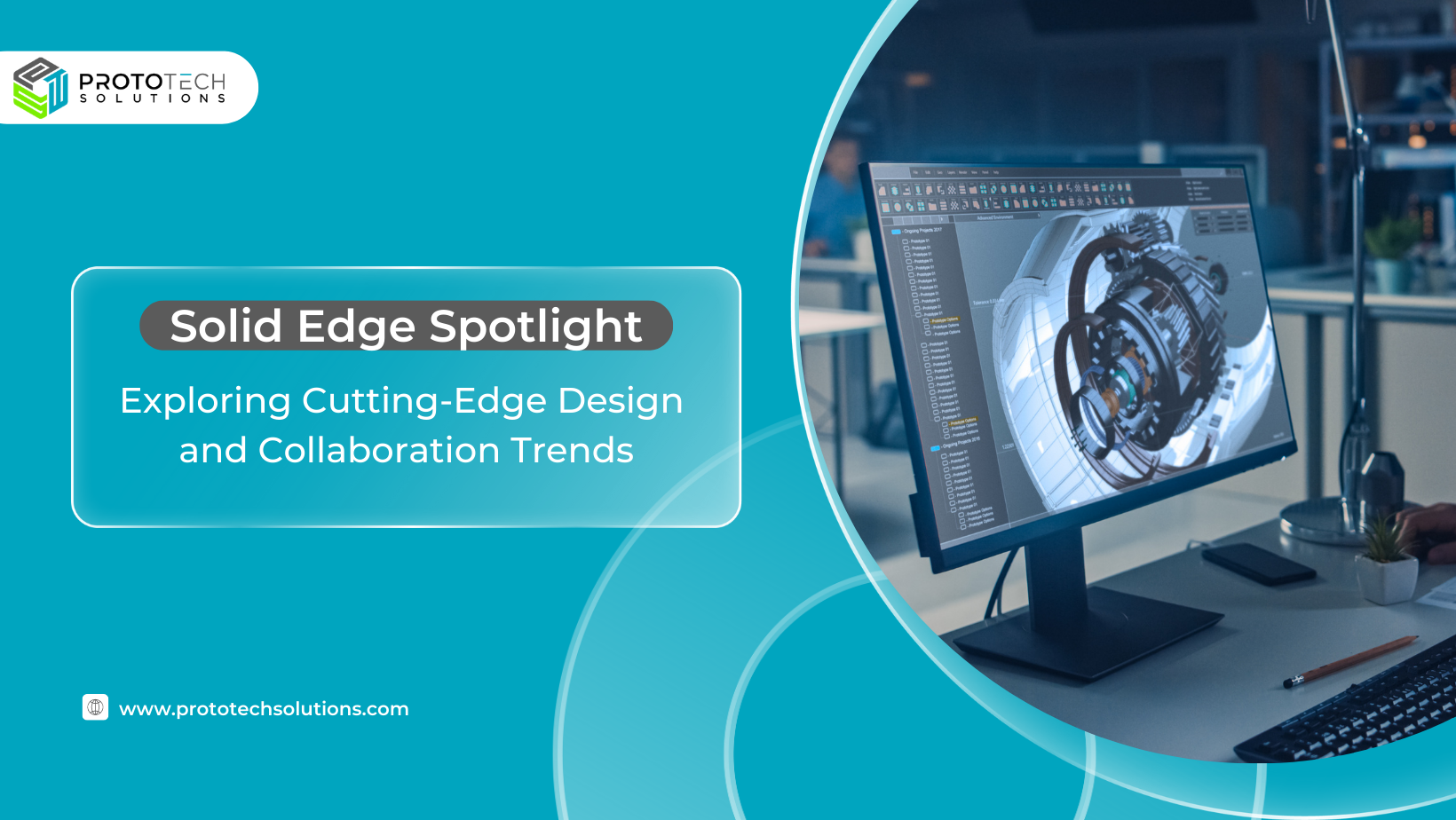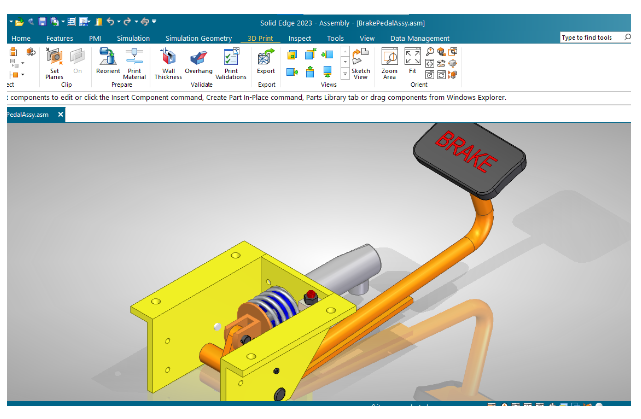Solid Edge Spotlight: Exploring Cutting-Edge Design and Collaboration Trends
Solid Edge Spotlight: Exploring Cutting-Edge Design and Collaboration Trends

Introduction
Solid Edge, developed by Siemens Digital Industries Software, is a powerful 3D computer-aided design (CAD) software that empowers engineers and designers with innovative tools for product development. In this blog post, we will delve into some of the hot topics that have been shaping the Solid Edge landscape, enabling users to enhance their design processes and collaborate more efficiently.
Synchronous Technology:
- Combines parametric and direct modeling techniques for faster design iterations.
- Enables greater flexibility in design modifications and working with imported data.
Additive Manufacturing:
- Specialized tools for designing parts optimized for 3D printing.
- Support structures, lattice structures, and generative design for complex geometries and lightweight components.
Simulation and Analysis:
- Powerful simulation tools for stress analysis, thermal analysis, fluid flow analysis, etc.
- Validates designs before manufacturing, reducing errors and improving product quality.
Electrical Design:
- Comprehensive tools for electrical system design, including schematics and harnesses.
- Integration with mechanical design streamlines interdisciplinary collaboration.
Data Management:
- Version control, revision management, and secure collaboration for efficient data management.
- Facilitates teamwork, enhances productivity, and ensures control over design iterations.
Cloud Collaboration:
- Seamless collaboration through cloud-based features.
- Real-time access to design data from anywhere, enabling remote teamwork.
Augmented Reality (AR) and Virtual Reality (VR):
- Integration with AR and VR technologies for immersive design visualization and reviews.
- Better evaluations, improved communication, and enhanced customer experiences.

Sheet Metal Design:
- Specialized tools for designing and optimizing sheet metal components.
- Automated flat pattern creation, bend allowances, and punch design capabilities.
Reverse Engineering:
- Support for capturing physical objects using 3D scanning and converting them into editable CAD models.
- Enables recreation and modification of existing objects.
Conclusion
- Solid Edge continues to lead the CAD software market by addressing the evolving needs of engineers and designers. Its features like Synchronous Technology, additive manufacturing support, simulation tools, and electrical design capabilities empower users to enhance their design processes and create high-quality products efficiently.
- The software’s data management and cloud collaboration features facilitate seamless teamwork and effective control over design iterations, regardless of team location. Integration with AR and VR technologies brings a new dimension to design visualization and reviews, improving evaluations and communication.
- Solid Edge’s specialized tools for sheet metal design and support for reverse engineering further expand its capabilities, catering to industries with specific requirements.
- As technology advances, Solid Edge remains at the forefront of design and collaboration, equipping users with the tools they need to drive innovation and success in their projects. The future holds even more exciting developments for Solid Edge, pushing the boundaries of product development.
Take your Solid Edge experience to the next level with Solid Edge Exporters. Streamline your design workflow by seamlessly exporting your models to various formats, enabling compatibility with other software and platforms. Explore the capabilities of Solid Edge Exporters and supercharge your design process today.
